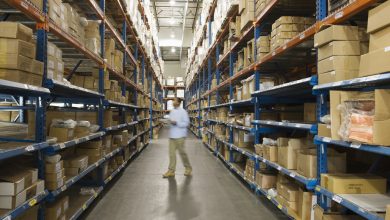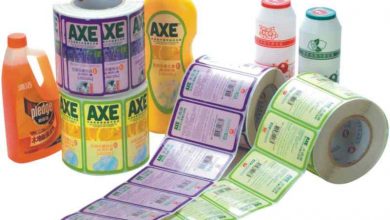What Are You? Flexible Or Rigid?

Gilbert is an old friend of mine. When we were both younger, we worked for the same company. Gil ran one of our manufacturing plants, and I helped bring his products to market. Through the years, our paths diverged a bit, but we have stayed in touch. After a number of successful years in the corporate world, Gil decided to put his mechanical engineering degree to work in his own business—a big machine shop that manufactured a wide variety of things. Gil’s specialty was figuring out how to take raw materials such as metal and plastic and produce whatever his customers wanted. He knew how to manufacture efficiently and always came up with creative ways to put things together. His customers were almost always happy, and his employees were loyal and committed. Those who could not muster sufficient loyalty and commitment were encouraged to go into another line of work.
Gil’s customers typically were larger manufacturers that produced or operated big, complex machines, and Gil helped them solve particularly knotty problems. He figured out how to hold baseball caps steady so an embroidery machine could consistently produce a cap with a detailed image. Another customer, who made a machine to fry doughnuts, gained from Gil’s insights and experience to control a glob of dough floating in hot grease. Some of Gil’s customers operated old machines for which parts were no longer available, but Gil could always look at a broken part and figure out how to make a new one. Often the new part was better than the original. Customers came to him with a problem, looking for a solution. He provided advice as well as product. He often told customers that if they would make small design changes or modify their specifications, the outcome would be better.
I have always been struck by how much Gil’s machine shop was like a print shop, and successful printers have a very similar business model. They put together a wide variety of processes to produce a product. A machine shop is a job shop that uses metal and plastic as raw materials; a printer is a job shop that makes things from paper.
Just as Gil could readily move from ball cap holders to donut positioners, general commercial printers make booklets, sales literature, posters, and mailers in the same shop. Gil’s success was a function of his ability to put together a wide variety of processes to yield the product his customers wanted. Printers—with prepress capability, a press, and a wide variety of bindery equipment—operate similarly. But here the analogy begins to break down. Gil’s machine shop housed milling machines, lathes, shears, grinders, screw machines, gear cutters, and probably another dozen or so machines with very specific purposes. Many printers, however, see their operations as consisting of a press and some supporting processes. Unquestionably, this focus occurs in part because the press is by far the most complex and costly piece of equipment under the roof. But that very focus often gets in the way of how the business (not the workflow) is defined. If one of Gil’s customers needed something made of sheet metal, shears and punches were brought into play. If they needed something that turned precisely, lathes and milling machines were used. The critical difference here is that in the machine shop no one machine dominates, while the press (which generally limits the customer to a choice of only one printing process, and often the format as well) becomes the focus of virtually every job. A good machine shop is a generalized factory that has great flexibility; a good printer (at least until fairly recently) is a factory that relies on maximizing the efficiency of a specific machine or process.
Gil broke out of the traditional pattern when he embraced not only the idea that some customers might want things that turned while others might want things that never moved, but also the somewhat radical idea that plastic or composite materials might work just as well as metal. Gil was able to show customers that plastic was equal to or better than metal in many instances, although he could work with either. His competitors, who thought metal was superior to plastic and did not like working with it, were often left in the dust. Today, the world of printing is changing similarly. Digital, offset, flexo—toner or ink—customers often could not care less. Embracing newer or different printing technologies does not necessarily mean abandoning an older one. But from a strictly economic aspect, it does mean that every job cannot effectively utilize a piece of equipment that is singularly expensive and dominates the workflow thinking throughout the factory. Newspapers learned this lesson the hard way by viewing their core business issue as that of keeping a huge press operating, rather than one of distributing news and advertising by the best and most efficient means possible.
Printers are encouraged today to broaden their capabilities by installing new ancillary devices or processes that might increase the probability of keeping their presses busier. But offering mailing services or encouraging customers to embrace social media or QR codes often does not increase press utilization one whit. PURLs and other variable-data projects are only as good as customers’ data—and often that data is not good enough.
The lesson and the choice for many printers will become clear. Either become incredibly efficient at producing a single product, or become incredibly flexible in what can be produced. Gil has retired now, but he enjoyed a career of fifty-plus years by moving with the times and not focusing on a single process or product. He wasn’t a printer—but he could have been a good one.
Reprinted with permission from the 2011 Forecast, Part 1, Trends & Tactics. Copyright 2011 by the Printing Industries of America (www.printing.org).
All rights reserved.

.gif)



